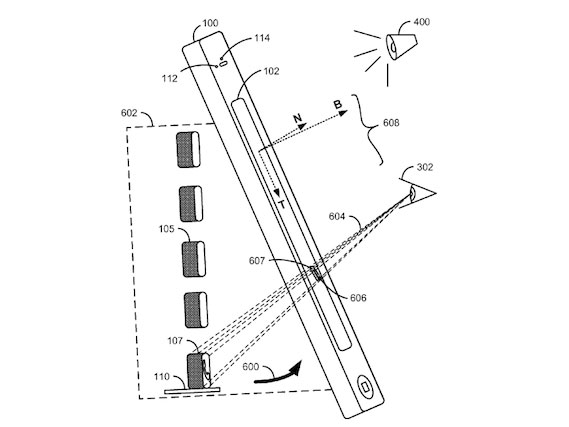Apple patents 3D eye-tracking interface
Like Wii-mote head-tracking but smaller

Apple has patented a 3D interface that detects and responds to the movements of your eyes to trick them into perceiving depth.
The patent – spotted by The Register – has been granted to the Cupertino outfit and deals with the use of sensors to create a false 3D effect on your device.
False 3D can be generated if the device can work out exactly what angle you are looking from, rendering an image that looks like it has depth.
It's a similar concept to the brilliant head tracking using a Wii remote that was a YouTube hit a few years ago:
Apple's patent talks about determining a 3D frame for the device "based on the received positional data" and it is the way in which this data is received that is the key difference it seems.
Tracking the eyes, dotting the 3Ds
"The techniques disclosed herein use a compass, MEMS accelerometer, GPS module, and MEMS gyrometer to infer a frame of reference for a hand-held device," says the patent.
"This can provide a true Frenet frame, i.e., X- and Y-vectors for the display, and also a Z-vector that points perpendicularly to the display. In fact, with various inertial clues from accelerometer, gyrometer, and other instruments that report their states in real time, it is possible to track the Frenet frame of the device in real time to provide a continuous 3D frame-of-reference.
Get daily insight, inspiration and deals in your inbox
Sign up for breaking news, reviews, opinion, top tech deals, and more.
"Once this continuous frame of reference is known, the position of a user's eyes may either be inferred or calculated directly by using a device's front-facing camera.
"With the position of the user's eyes and a continuous 3D frame-of-reference for the display, more realistic virtual 3D depictions of the objects on the device's display may be created and interacted with by the user."
It's certainly a fascinating idea – and one that definitely has some interesting potential in the way in which we use our devices.
Patrick Goss is the ex-Editor in Chief of TechRadar. Patrick was a passionate and experienced journalist, and he has been lucky enough to work on some of the finest online properties on the planet, building audiences everywhere and establishing himself at the forefront of digital content. After a long stint as the boss at TechRadar, Patrick has now moved on to a role with Apple, where he is the Managing Editor for the App Store in the UK.
